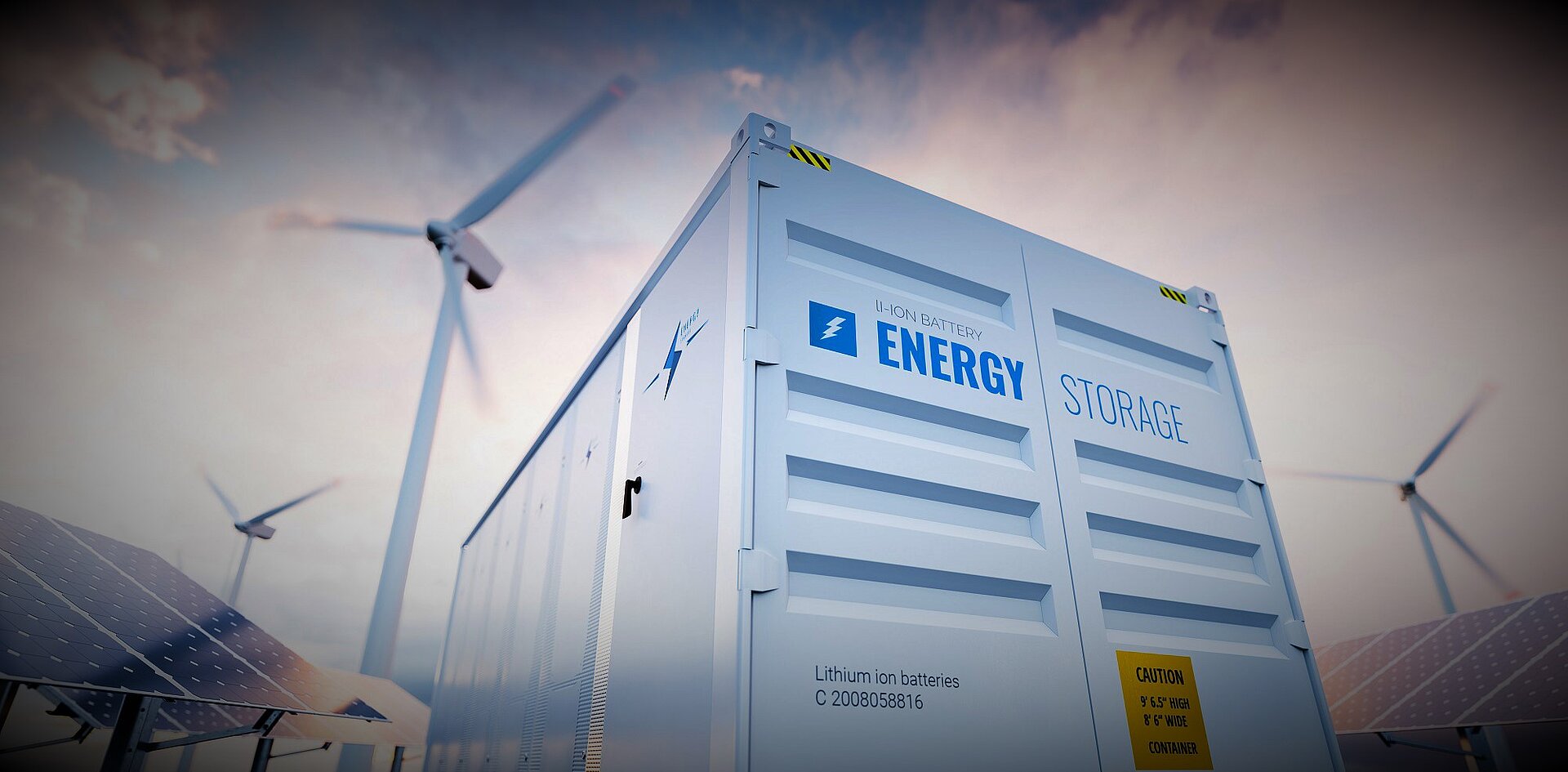It has become a little quieter around "redox flow batteries", or so people in Germany would like to think. There are plenty of reasons for this: European electricity grids are still among the most stable in the world and are becoming increasingly integrated across countries. Even if we Europeans are not aware of this, redox flow batteries are more in demand on other continents than ever before.
Our podcast guests Dr. László Eifert (Accenture) and Michael Peither (Voltstorage) report on the development of energy storage systems in Oberlausitz, where the energy supplier LEAG wants to install a large "iron redox flow battery" with the US company ESS in order to temporarily store as much electricity as possible in times of high wind and sunshine. Plans include new wind and photovoltaic systems as well as the production of green hydrogen. The planned output corresponds to that of several nuclear or coal-fired power plants.
"The first battery module should have around 50 megawatts/500 megawatt hours," explains Alan Greenshields, European Director of battery manufacturer ESS. Fully charged, this storage system could supply around 200,000 single-family homes with energy for ten hours. However, this depends on the specific energy market ("For how long the electricity is to be stored"). Our two podcast guests explain the structure, function and, above all, the future of iron-liquid batteries.

